Derrick Pitts, Hon.D
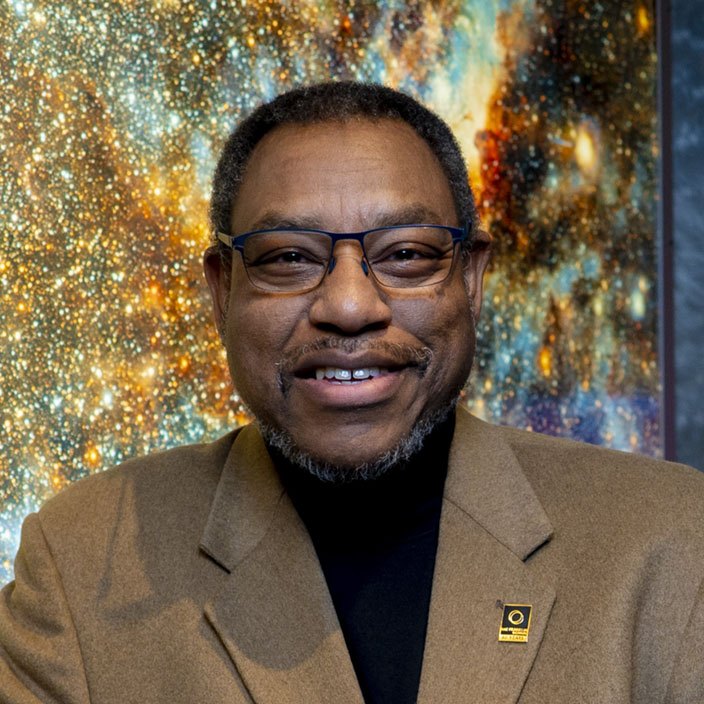
Derrick Pitts, Hon.D
For many Philadelphians, Derrick Pitts is The Franklin Institute. Since 1978, Derrick has been teaching us to look up—and to wonder about what we see up there.

We all know that Derrick is an excellent “teacher.” What’s made him famous in Philadelphia is his ability to help everyone appreciate the universe as he sees it—not a watered-down sketch of the universe, but a rich, deep, complex version with human connections that everyone can understand at some level.
Derrick is currently the Chief Astronomer and Director of the Fels Planetarium at The Franklin Institute. He’s also been a NASA Solar System Ambassador since 2009 and serves as the “Astrobiology Ambassador” for the NASA/MIRS/UNCF Special Program Corporation’s Astrobiology Partnership Program. One of his newest honors is an appointment to the outreach advisory board for the world’s largest telescope, the new Thirty-Meter-Telescope at Mauna Kea in Hawaii.
He appears regularly in the media as a science content expert including appearances on the “Colbert Report” on Comedy Central and “The Late, Late Show with Craig Ferguson” on CBS. For more than two decades, Derrick has hosted award-winning astronomy radio programs for Philadelphia’s two public radio stations and created signature astronomy television programming for PBS. One of the highlights of Derrick’s career was meeting President Obama and his family when he was invited to participate in the first-ever White House Star Party.
Derrick has received numerous awards including an honorary Doctor of Science Degree from La Salle University, and serves on the Board of Trustees for his alma mater St. Lawrence University. His twitter handle is @CoolAstronomer and his motto is “Eat, breathe, do science. Sleep later.”
Recent Blogs by Author
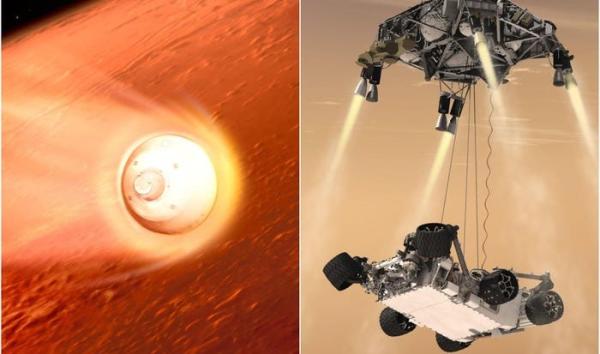
Who’s Next on Mars? Perseverance!
Left: Perseverance spacecraft entering the Martian atmosphere.
Right: Perseverance being lowered to the surface from 20m height.
Images curtesy of NASA
The latest addition to the suite of roving robotic laboratories exploring Mars arrives this afternoon. As big as a BMW coupe, the rover named ‘Perseverance’ screams through the Martian atmosphere at a blistering 13,000 mph around 3:30p EDT, still encased in its trans-Martian cruise shells. This is where the excitement begins after 7 months of quiet flight from Earth.

December’s Winter Solstice and the Saturn/Jupiter Conjunction
Two celestial events will occur today. The first one happens every year around this date while the second only happens every few hundred years!
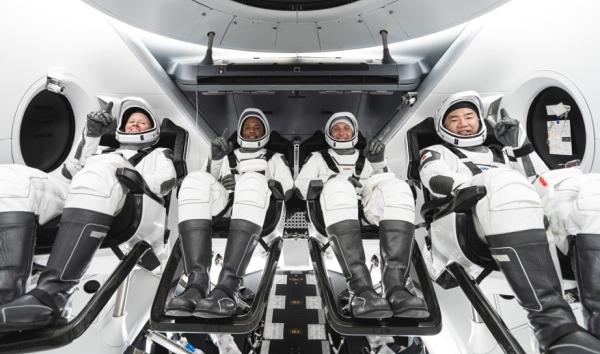
First Crew Dragon ISS Exchange Mission
From L to R: NASA astronauts Shannon Walker, Victor Glover, and Mike Hopkins join Japanese Space Agency astronaut Soichi Noguchi on the ride up to Space Station. Image: NASA
The first crew rotation at International Space Station to employ a SpaceX Dragon Crew Capsule launches November 14 at 7:49pm ET from NASA’s Kennedy Space Center in Florida. The four will join the Expedition 64 crew already aboard ISS, forming Expedition 64/65.
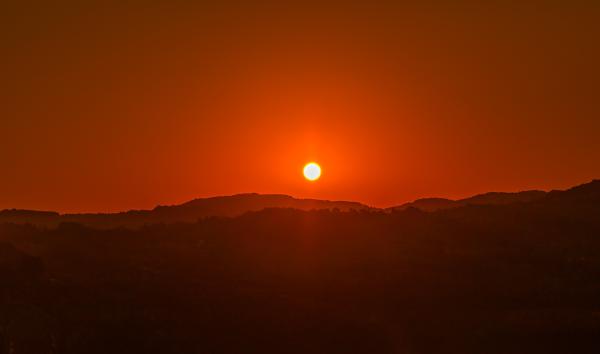
Summer Solstice: The Long (and Short!) of It
Gather ye rosebuds while ye may
Old time is still a-flying;
And this same flower that smiles today,
Tomorrow will be dying…“To the Virgins, to Make Much of Time”, Robert Herrick, 1648
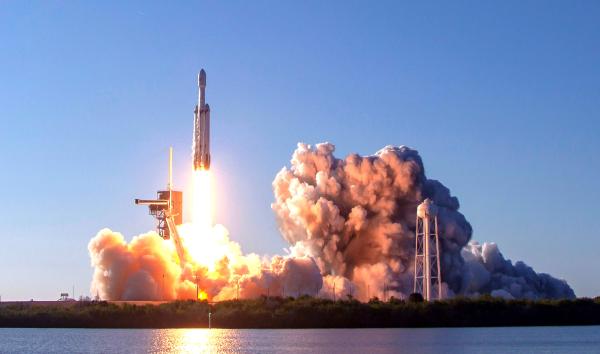
How Does Weather Affect a Rocket Launch?
When the big day arrives, everyone on the launch team has carefully checked every aspect of the equipment to make sure everything will work according to plan. The astronauts have been trained to their peak of preparedness, and the area of launch and the flight path have been cleared of all traffic. The team built a plan to control every aspect of the event except – the weather.
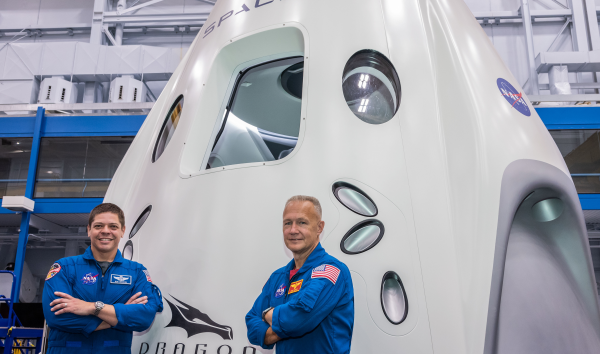
The Crewed SpaceX Demo-2 Mission
On May 30, NASA and the commercial rocket company SpaceX will launch the first crewed mission to International Space Station (ISS) from America since 2011. If successful, the SpaceX Demo-2 mission will open the doors on a new era of space exploration.

